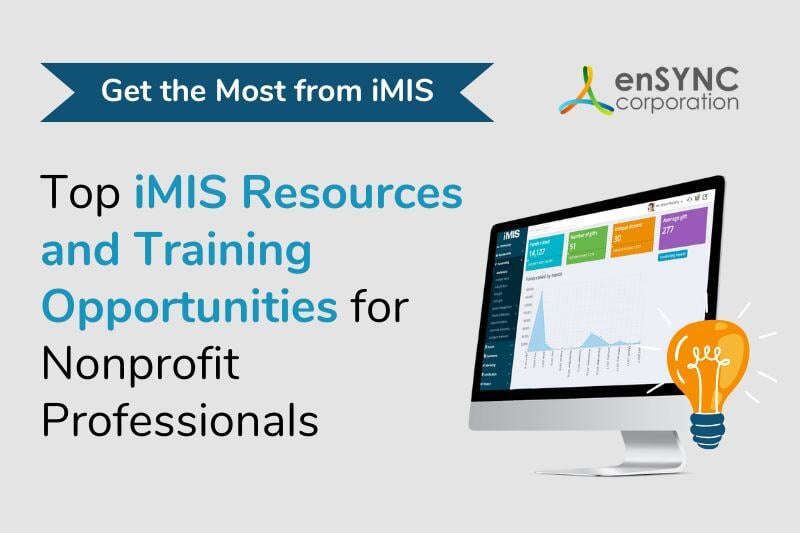Strategy & planning | Nonprofits & associations | Member engagement
Getting Started with Engagement Management
October 24, 2018
|
Quit talking about it and just do it!
Engagement, engagement, engagement. The word is becoming almost tedious and cliché, yet developing a focus on a member and donor engagement mindset is far from a worn-out concept. In fact, it’s just reaching its prime with excellent tools on the market to help you measure and use data for marketing and programming. Engaging members is still a big idea that can pay big dividends.
Taking action with engagement
Though we all have embraced the virtues of engagement, most of us are still doing nothing about it. We’re not measuring it. We’re not creating engagement scores for our constituents. We’re not connecting engagement levels to marketing segments and using it to boost participation.
So in a stepwise fashion aimed at getting your to create an engagement system for your organization, let’s review the reasons we would want to increase it. Here are 6 good ones.
Reasons to create a member engagement system
Strong engagement correlates with reduced attrition.
Retention is higher among those members who take advantage of the products and services you offer. When they are using the resources of the association, they are receiving a value that goes beyond their dues. They are ones who will most likely continue their relationship with your organization year over year.
You can start to make data-driven decisions.
Another concept we keep hearing about is “making data-driven decisions.”
We know we should, we know we could with appropriate reporting, but it’s time to move from coulda shoulda to bingo!
Using data to drive decisions can be better answered when you evaluate the data on what people buy, what sessions they attend, what webinars are picked up. An engagement scoring tool helps with this.
It allows you to help members make personal roadmaps for growth.
Your organization, like most, probably has something to do with creating better opportunities and strengthening the career paths of your members – regardless of whether you’re a professional or trade association. Using engagement scoring to guide member choices to other programs, product, services, events will help them acquire needed skills and knowledge for their own professional growth. Engagement scores help members develop the personal paths.
Engagement models help you groom future leaders.
By comparing the engagement scores of association leaders with up and comers, you’ll be able to identify people who are revved up for the leadership track. Members who have a strong overall score, or scores high in participatory activities are often right and ready to move into committee roles and on to the board. Use your score as a starting point to identify potential candidates.
Revenue enhancement is just around the corner.
This is likely a perennial goal of each of our organizations. Using engagement scores can help identify those individuals or companies who may be ready to move into a higher tier of participation. For example, a donor who gave $100 last year – and for the last three years – may be ready to move into a higher category of giving. A company that has consistently exhibited and bought advertising may be ready to take on a sponsorship. Scoring and categorizing the engagement levels targets prime candidates.
You’ll be able to identify at risk members.
It’s great to know and appreciate the value of the engaged member, but the real triumph of an engagement program comes when you can see who those members are who are at risk of dropping their membership. By inspecting your engagement scores for members below a particular value, you can enroll them in a targeted campaign to spur their participation and usage of association materials, and thus may be able to save them from dropping out of the organization.
Very likely I’ve told you nothing you didn’t know here, but stayed tuned to the blog. Next week we’ll talk about the nitty gritty of measuring engagement.
Next Week – How to measure engagement in iMIS
Recent Posts

Get the Most from iMIS: Top Resources and Training Opportunities for Nonprofit Professionals
The right association management software system provides what your members need by keeping them engaged while also helping your organization stay...

Bay County Medical Care Facility Improved Reporting Accuracy by 70% with Sage Intacct
Bay County Medical Care Facility (BCMCF) is a government-owned and -operated skilled nursing community with 200+ beds dually certified by Medicare...
Enjoying our blog?
At enSYNC, we want to empower associations and nonprofits to make well-educated decisions. If you want our industry knowledge (and other free guides) sent directly to your inbox, fill out the form below.

